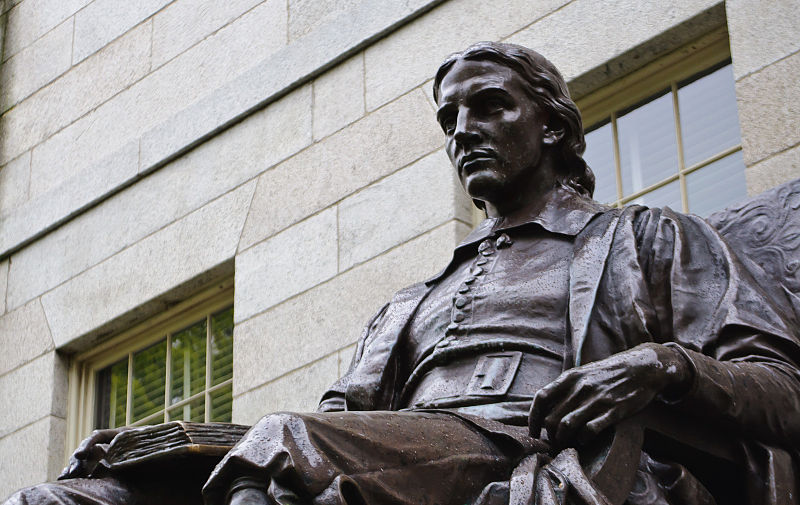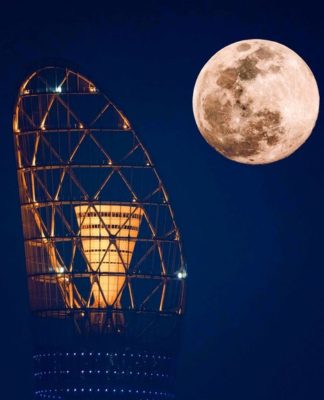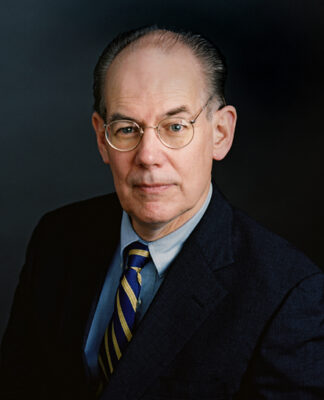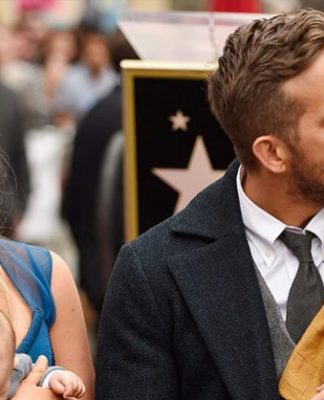John Harvard (clergyman)
John Harvard (26 November 1607 – 14 September 1638) was an English minister in America, “a godly gentleman and a lover of learning”, whose deathbed bequest to the “schoale or Colledge” recently undertaken by the Massachusetts Bay Colony was so gratefully received that it was consequently ordered “that the Colledge agreed upon formerly to bee built at Cambridg shalbee called Harvard Colledge.”
Early life:
Harvard was born and raised in Southwark, England, the fourth of nine children of Robert Harvard (1562–1625), a butcher and tavern owner, and his wife Katherine Rogers (1584–1635), a native of Stratford-upon-Avon whose father, Thomas Rogers (1540–1611), was an associate of Shakespeare’s father, both serving on the borough corporation’s council. He was baptised in the parish church of St Saviour’s (now Southwark Cathedral) and attended St Saviour’s Grammar School, where his father was a member of the governing body as being also a Warden of the Parish Church.
In 1625, the plague reduced the immediate family to only John, his brother Thomas, and their mother. Katherine was soon remarried—firstly in 1626 to John Elletson (1580–1626), who died within a few months, then (1627) to Richard Yearwood (1580–1632). She died in 1635, Thomas in 1637.
Education and ordination:
Left with some property, Harvard’s mother was able to send him to Emmanuel College, Cambridge, where he earned his B.A. in 1632 and M.A. in 1635, and was subsequently ordained a dissenting minister.
Marriage and career:
In 1636, he married Ann Sadler (1614–55) of Ringmer, sister of his college classmate John Sadler, at St Michael the Archangel Church, in the parish of South Malling, Lewes, East Sussex.
In the spring or summer of 1637, the couple emigrated to New England, where Harvard became a freeman of Massachusetts and, settling in Charlestown, a teaching elder of the First Church there and an assistant preacher. In 1638, a tract of land was deeded to him there, and he was appointed that same year to a committee “to consider of some things tending toward a body of laws.”
He built his house on Country Road (later Market and now Main Street) next to Gravel Lane, a site that is now Harvard Mall. Harvard’s orchard extended up the hill behind his house.
Death:
On 14 September 1638, he died of tuberculosis and was buried at Charlestown’s Phipps Street Burying Ground. In 1828, Harvard University alumni erected a granite monument to his memory there, his original stone having disappeared during the American Revolution.





























